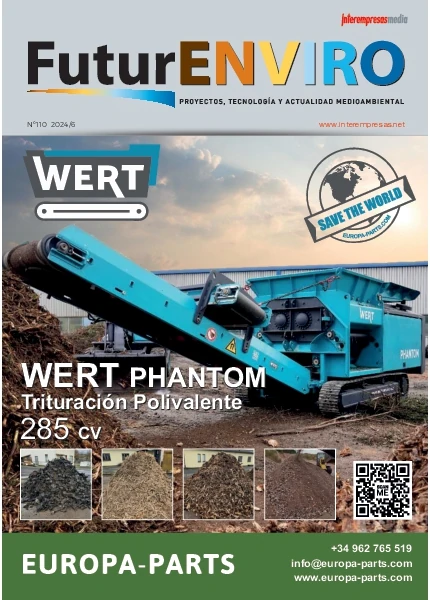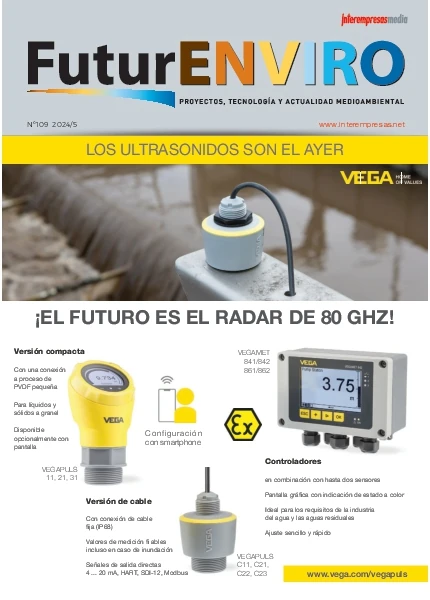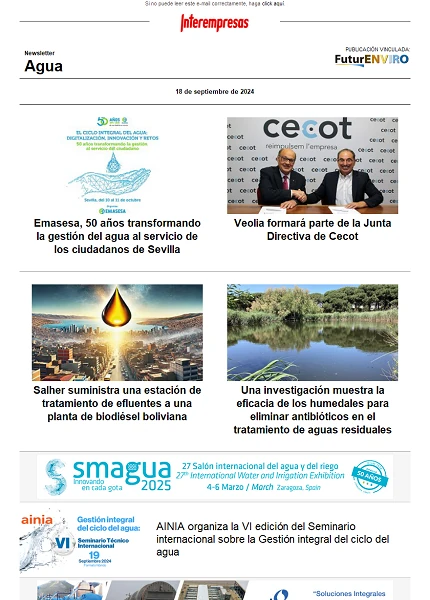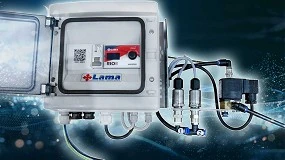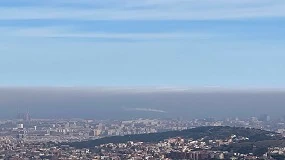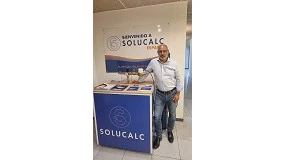Redes automáticas de seguimiento de calidad del agua
28 de septiembre de 2010
Los controles de la calidad de las aguas superficiales se basan en el diseño de una red de estaciones de muestreo definidas como el área seleccionada para que mediante su estudio se pueda calificar el estado de una masa de agua o submasa. Asociados a cada estación de muestreo pueden encontrarse diferentes puntos de muestreo en función de las variables objeto de estudio, de la matriz objeto de estudio y de las características del punto de muestreo.
La red consiste en una serie de puntos de control operativo y de vigilancia, así como de puntos de la red de intercalibración y de la red de referencia. Toma de muestras para análisis biológico y fisicoquímico. Análisis biológicos, como parte de trabajo de laboratorio que implica la realización de análisis relativos a la composición y abundancia de los diferentes compartimentos de los ecosistemas objeto de estudio, es decir, macroinvertebrados bentónicos, fauna ictiológica, fitoplancton, flora acuática (macrófitos, macroalgas y angiospermas).

Análisis fisicoquímicos sobre diferentes matrices (agua, sedimento, biota) que implica el control mediante el análisis en laboratorio de variables asociadas a condiciones fisicoquímicas generales y de sustancias contaminantes específicas. Trabajo de gabinete que implica la recopilación, análisis e interpretación de la información obtenida así como la redacción de los correspondientes informes. El control y el seguimiento de la calidad del agua subterránea se llevan a cabo mediante el establecimiento y la posterior explotación de las redes de control. Ello permite tener un conocimiento del estado de las masas de agua. En función del objetivo del control, se elige un grupo de pozos del que se toman muestras periódicamente, con una frecuencia de muestreo y una analítica determinadas.
Son varios los tipos de redes de control de calidad. En primer lugar, las redes de control de vigilancia, que realizan el control básico de la composición química del agua subterránea, que incluye el análisis de aniones y cationes mayoritarios (Ca2+, Mg2+, Na+, K+, Cl-, SO42-, HCO3-) y de compuestos del nitrógeno (NO3-, NO2- y NH4+), el cribado (screening) de metales, y el análisis del COT, el pH y la conductividad. En función de los riesgos presupuestados o de los antecedentes de los que se disponga, se realizan otras determinaciones complementarias.
La red está dividida en un conjunto de subredes que coinciden con la delimitación de las masas de agua subterráneas. Cada una de les subredes está definida en función de criterios geológicos, de densidad de población, de estrategia del acuífero en lo que atañe a su gestión y de su vulnerabilidad. Esos criterios condicionan que los controles sean más o menos exhaustivos y, por lo tanto, condicionan, también, la cantidad de puntos de control, su ubicación, la frecuencia con la que se toman muestras y los parámetros que hay que analizar.
Redes de control operativo
Este tipo de redes se establecen en áreas en las que se presupone un riesgo de afección en las aguas subterráneas. La primera de ellas es la red de salinidad, que pretende valorar el grado de penetración del agua de mar a los acuíferos costeros. Suelen dividirse en diferentes subredes en función de las masas de agua que tienen una parte costera. En esta red se analizan in situ la conductividad, el pH, la temperatura, el potencial redox (Eh), el oxígeno disuelto y la concentración del ión cloruro en el laboratorio.
En segundo lugar, suelen utilizarse las redes de zonas vulnerables a la contaminación por nitratos. Este tipo de red se define por tener conocimiento del estado de la calidad del agua en las zonas vulnerables en relación con la contaminación de nitratos procedentes de fuentes agrarias, tal como establece la normativa vigente. Las analíticas que se suelen realizar son las de los compuestos del ciclo del nitrógeno. In situ se analiza la conductividad, la temperatura, el pH, el Eh y el oxígeno disuelto.

Por otra parte, las redes de plaguicidas tienen por objetivo detectar la presencia de compuestos plaguicidas en el agua subterránea en zonas en las que predomina la actividad agrícola. En el registro de compuestos plaguicidas que se detectan y se cuantifican, se incluyen insecticidas organoclorados y sus metabolitos principales, insecticidas organofosforados y herbicidas de la familia de las triazinas.
Además, en el seguimiento de los episodios de contaminación detectados en las aguas subterráneas se tienen en cuenta los compuestos contaminantes para poder diferenciar aquellos episodios en los que los contaminantes son compuestos orgánicos de aquellos en los que son metales. Cada uno de los episodios está definido en función de criterios geológicos, de su vulnerabilidad y de la mancha contaminante localizada. Estos criterios condicionan la cantidad de puntos de control, su ubicación, la frecuencia con la que se toman muestras y los parámetros que se deben analizar.
El control piezométrico
El agua subterránea es uno de los recursos naturales más importantes. Es una de las principales fuentes de agua para el consumo humano y también proporciona agua para el riego, la ganadería y la industria. También ayuda a mantener el caudal de ríos y zonas húmedas. El control de estos recursos se realiza a través de una red única de control del nivel de las aguas subterráneas. Existe un conjunto de piezómetros distribuidos por el territorio en función de las características de los acuíferos que hay que controlar, y con los cuales se mide mensualmente a qué profundidad se encuentra el agua.
Algunos de los piezómetros disponen de un limnígrafo, que permite obtener datos de la profundidad en continuo. Actualmente se están automatizando puntos de control, de manera que las mediciones horarias o diarias se cargan automáticamente en las bases de datos de la ACA. Esta automatización permite registrar niveles de forma continua y disponer de estos datos al mismo tiempo que se registran.


